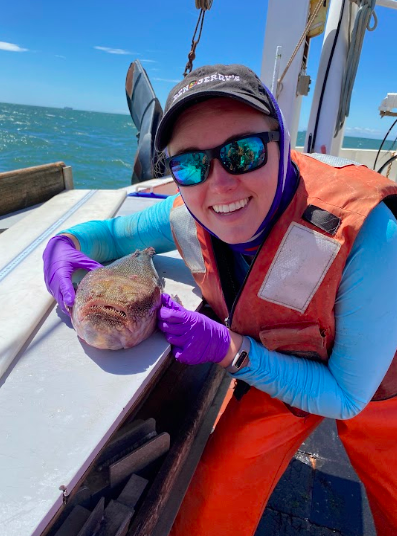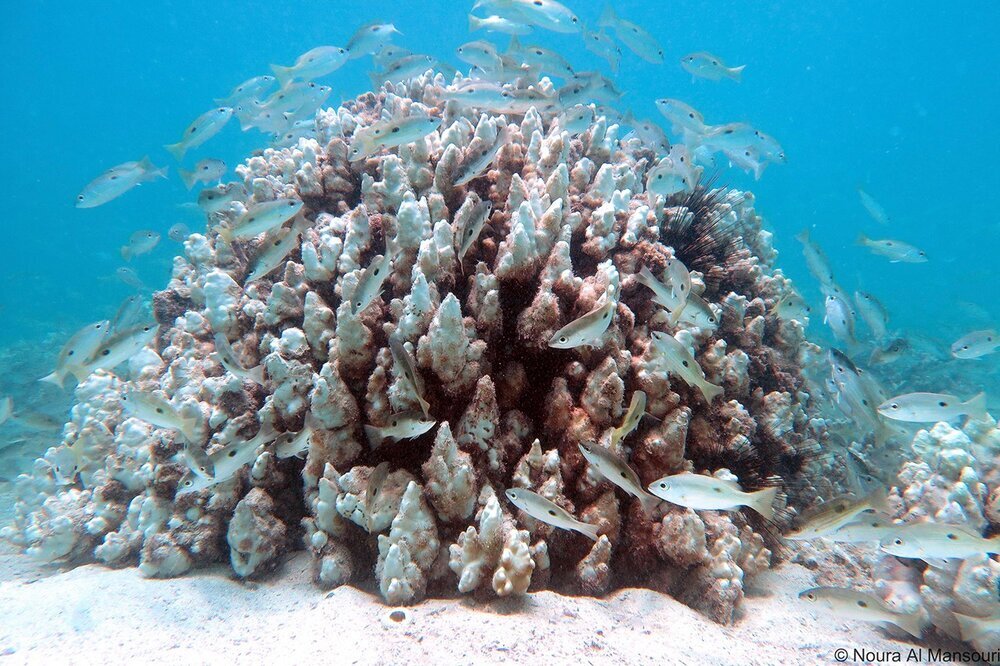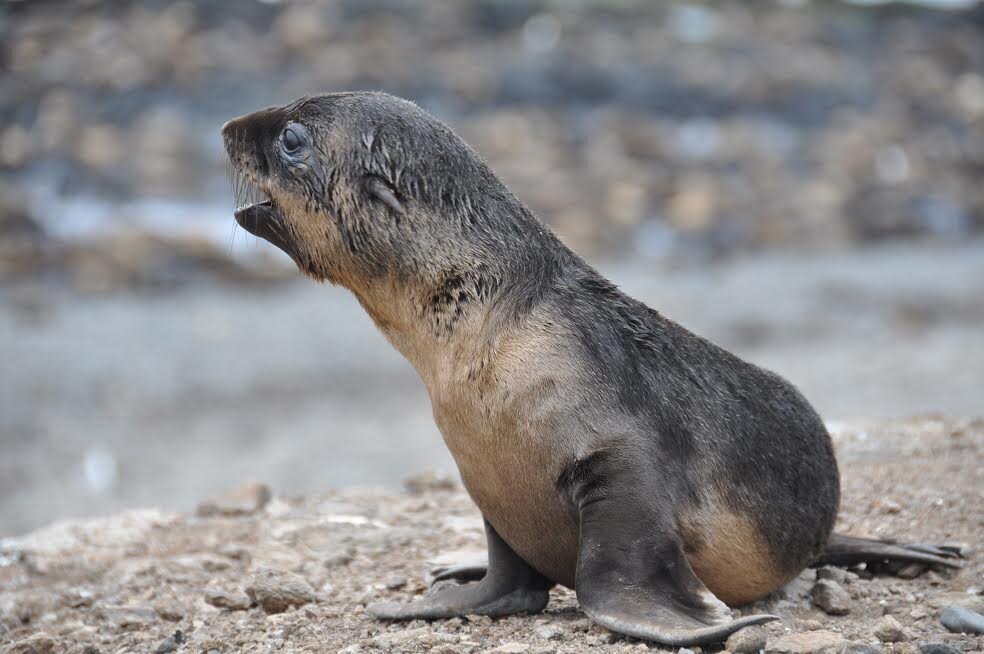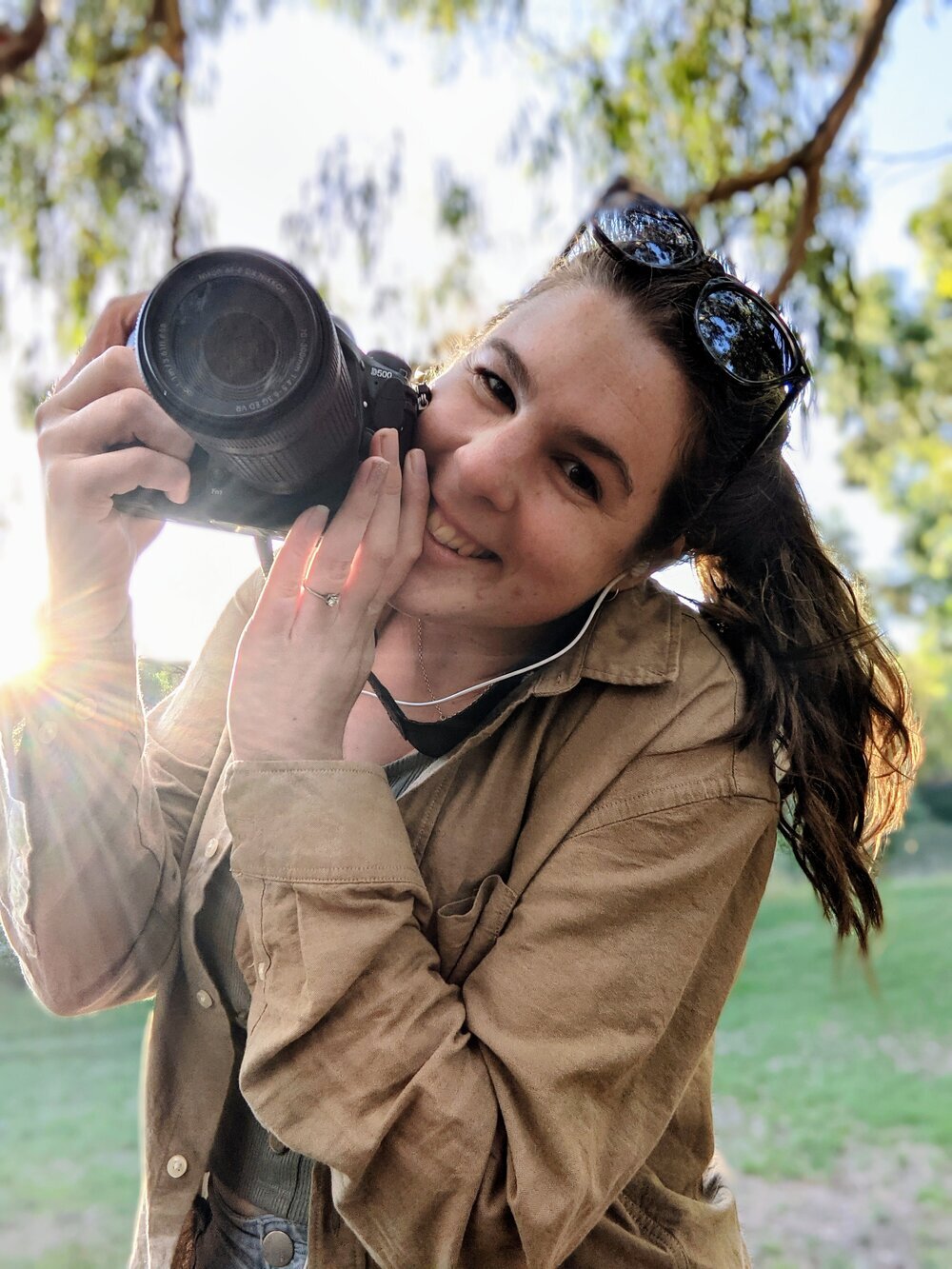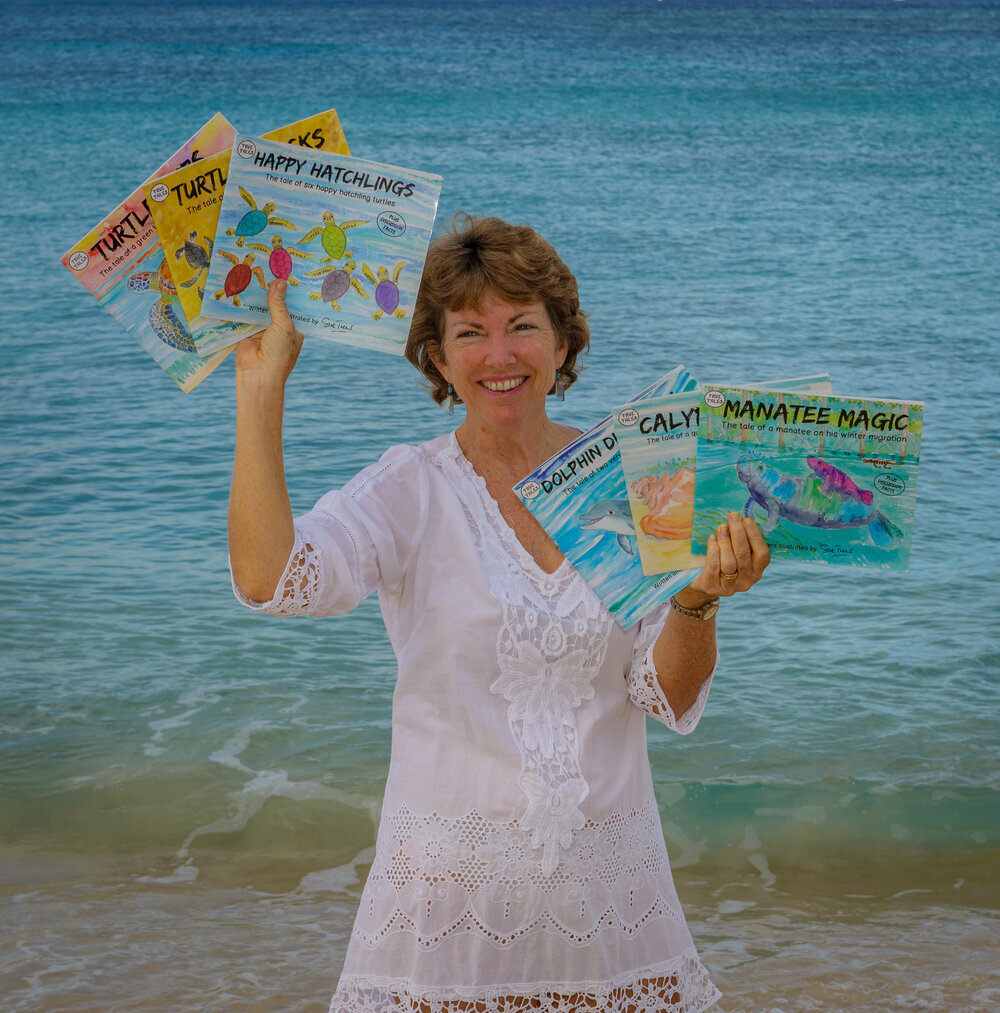New York Marine Rescue: An interview with Maxine Montello
Aquatic Toxicology and Shark Science: An interview with Dr. Lisa Crawford
PAG the High Threat Sea: An Interview with Nora Al Mansoori about the Persian Arabian Gulf's aggressive conditions for survival of marine life
Okay, let me guess what places you just thought of. The Great Barrier Reef. The Bahamas. Polynesia. Micronesia. Hawai’i. Well, Noura Al Mansoori thinks of the Arabian Gulf aka the Persian-Asian Gulf (PAG).
Al Mansoori is a researcher at NYU Abu Dhabi who has studied a gamut of issues in the PAG, but for our interview we focused on her work with coral reefs and sea urchins. The Arabian Gulf is relatively shallow, which means it is susceptible to fast temperature change
Lobbying for Lobsters: Do they feel pain?
Is the Ocean our Toilet?: E. Coli threatening Australian Sea Lions with Mariel Fulham
I first came in contact with Mariel Fulham through my piece called “Fire Retardant Fur Seals: A Team Interview”. She was involved in a project that detected the level of fire retardant chemicals in three pinniped species of southern Australia. One of these species, the Australian Sea Lion (N. cinerea) is endangered AND endemic with only ~6,500 breeding adults remaining.
Fire Retardant Fur Seals: A Team Interview
Nothing has caught my eye in the same way that “Firefighting chemicals found in sea lion and fur seal pups” did on my monthly google search for blog topics. The real paper is called “Per and polyfluoroalkyl subtances (PFAS) at high concentrations in neonatal Australian pinnipeds”. Researchers from the University of Sydney analyzed levels of PFA’s found in three pinniped species: Australian Sea Lion (N. cinerea), Australian Fur Seal (A.p. doriferus), and Long-nosed Fur Seal (A. forsteri). PFA’s (identified as PFOA’s and PFOS’s through out the article) are fire retardant chemicals that can be found in products such as fire fighting foams, “stain repellents, polishes, paints and coatings”.
Parrotfish Proving Pelagic Protection
One of the hardest things about studying the ocean is that it is fluid (yes, that was a joke). But what I mean is that the only real boundaries are land. I would argue that our “blue planet” has more cracks and creavaces for marine life to hide than land. We can predict general areas where certain species should be, but that does not always mean we will find our target material.
Lonely Conservationists
She introduced me to the Lonely Conservationist platform, run by Jessie Panazzolo. I immediately followed the account and downloaded her book, Conserving Conservationists. I gobbled it up in less than 48 hours and knew I needed the WMC and WOS community to hear about her work.
Starting Small: Interviewing Sue Trew, children's author and illustrator
Sue Trew is an author and illustrator who grew up on the islands of Barbados. Inspired by the wildlife she grew up around, she launched her series of children’s books and plushies called Turtle Tracks Family. You can find Trew’s books in zoos, aquariums, and non-profits across where revenue goes back to support their programs. She actively works with partner organizations to write books on specific topics, such as her latest “Gecko Getwaway” sponsored by the Fauna & Flora International.
Antarctic Marine Bacteria! - An interview with Beth Connors
Beth Connors is a PhD student in the Bowman Lab for Scripps of UCSD. She is currently spearheading trips to Antarctica where she studies the ecological roles and genomics of heterotrophic (must eat to live) marine bacteria.


